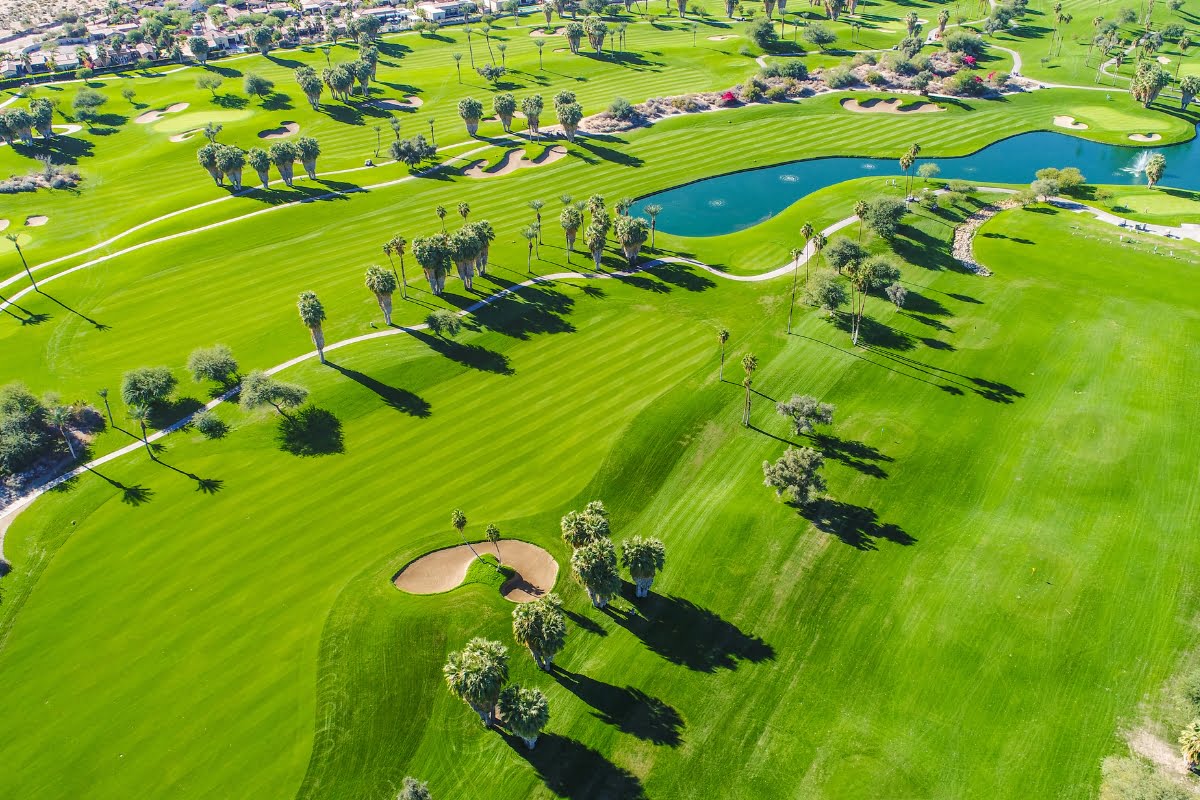Golf course design is a captivating blend of artistry and strategy, where lush landscapes and challenging layouts come together to create an unforgettable golfing experience. The best courses offer not only scenic beauty but also a variety of challenges that test players’ skills and strategies.
In this guide, we’ll explore the intricate process of crafting golf course designs that combine visual appeal with strategic complexity. From selecting the perfect location and sculpting fairways to incorporating natural features and designing tricky hazards, discover how designers create courses that captivate the senses and challenge players of all levels.
Whether you’re a golf enthusiast, a budding course designer, or simply curious about the art of course creation, get ready to dive into the world of course design and learn how these masterpieces are crafted for ultimate challenges and scenic enjoyment.
What Makes For Good Golf Course Architecture? Unveiling the Secrets of Its Design
Harmonizing Nature and Design: Integrating Landscape Features
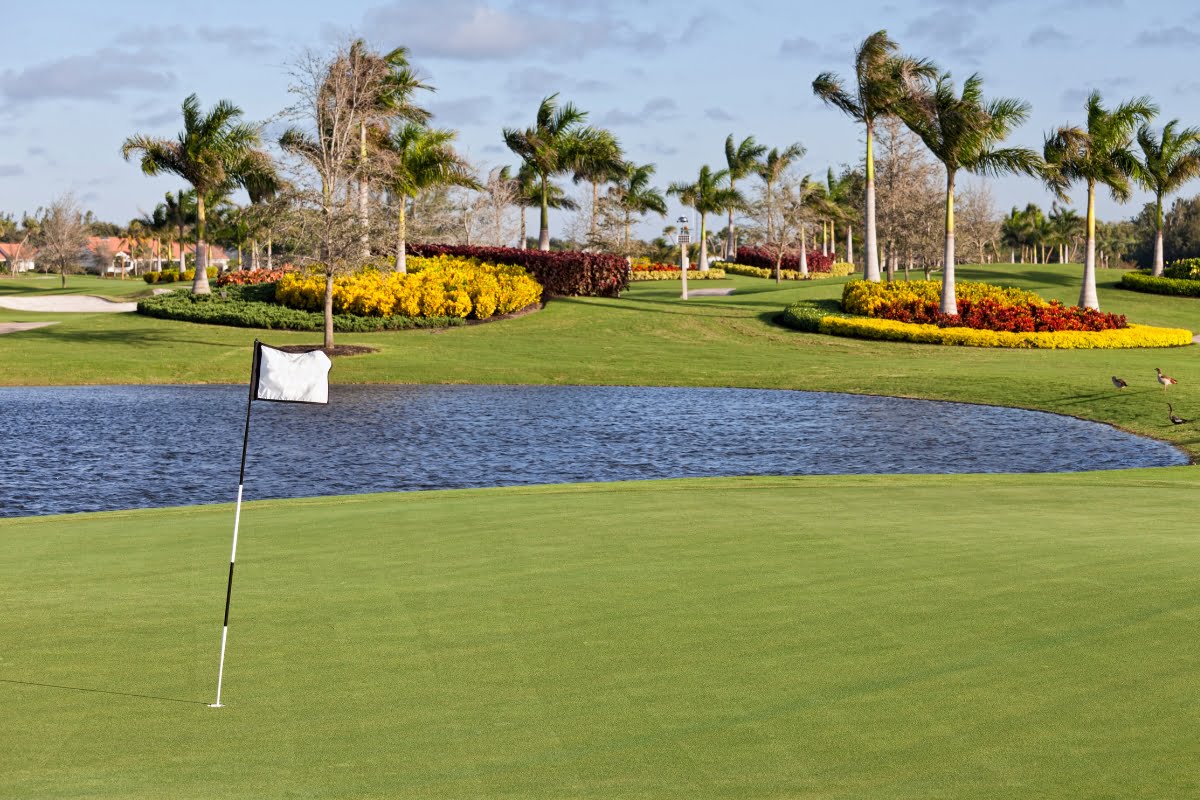
Golf courses are not just about the game; they are also about immersing players in the beauty of nature. A well-designed golf course seamlessly integrates with its surroundings, creating a harmonious blend of art and nature. The first step in achieving this is through landscape features. Course designers carefully study the existing terrain and work with it to create a visually stunning and challenging course.
By incorporating natural elements such as trees, water bodies, and undulating landscapes, designers can create a course that feels like an extension of the surrounding environment. The strategic placement of these features adds depth and character to each hole, making every shot a unique experience. As players navigate through the fairways, they are treated to breathtaking views and a sense of tranquility that only nature can provide.
Moreover, integrating landscape features into good golf course architecture is not just about aesthetics; it also enhances gameplay. Trees strategically placed along fairways can act as obstacles, requiring players to carefully plan their shots. Water bodies not only add visual appeal but also introduce an element of risk and challenge. By blending nature seamlessly with design, golf course architects create an immersive experience that engages all the senses.
The Art of Terrain Mapping: Creating Varied Elevations
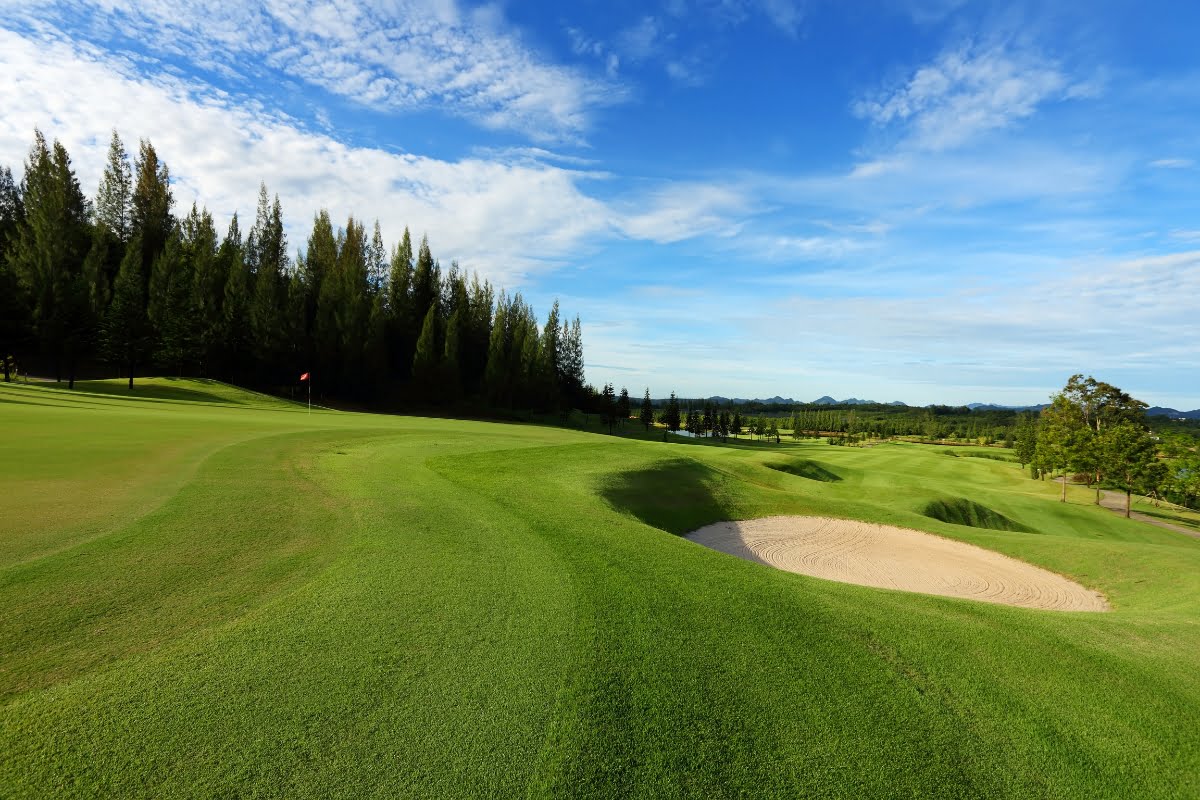
One of the key aspects of course design is terrain mapping. Every golfer knows that playing on a flat surface can get monotonous after a while. To keep players engaged and challenged throughout their round, designers use terrain mapping techniques to create varied elevations.
Hills, valleys, slopes – these are all part of the designer’s palette when crafting scenic fairways. By strategically incorporating changes in elevation into the layout of the course, designers add excitement and intrigue to each hole. Uphill shots require more power and precision, while downhill shots offer the opportunity for longer drives. The undulating landscape not only adds visual interest but also tests a golfer’s ability to adapt to different playing conditions.
Additionally, terrain mapping allows designers to take advantage of natural features. By working with the existing topography, they can create holes that fit seamlessly into the landscape. This not only reduces the environmental impact of construction but also enhances the overall aesthetic appeal of the course.
Strategic Bunker Placement: Enhancing Challenge and Aesthetics
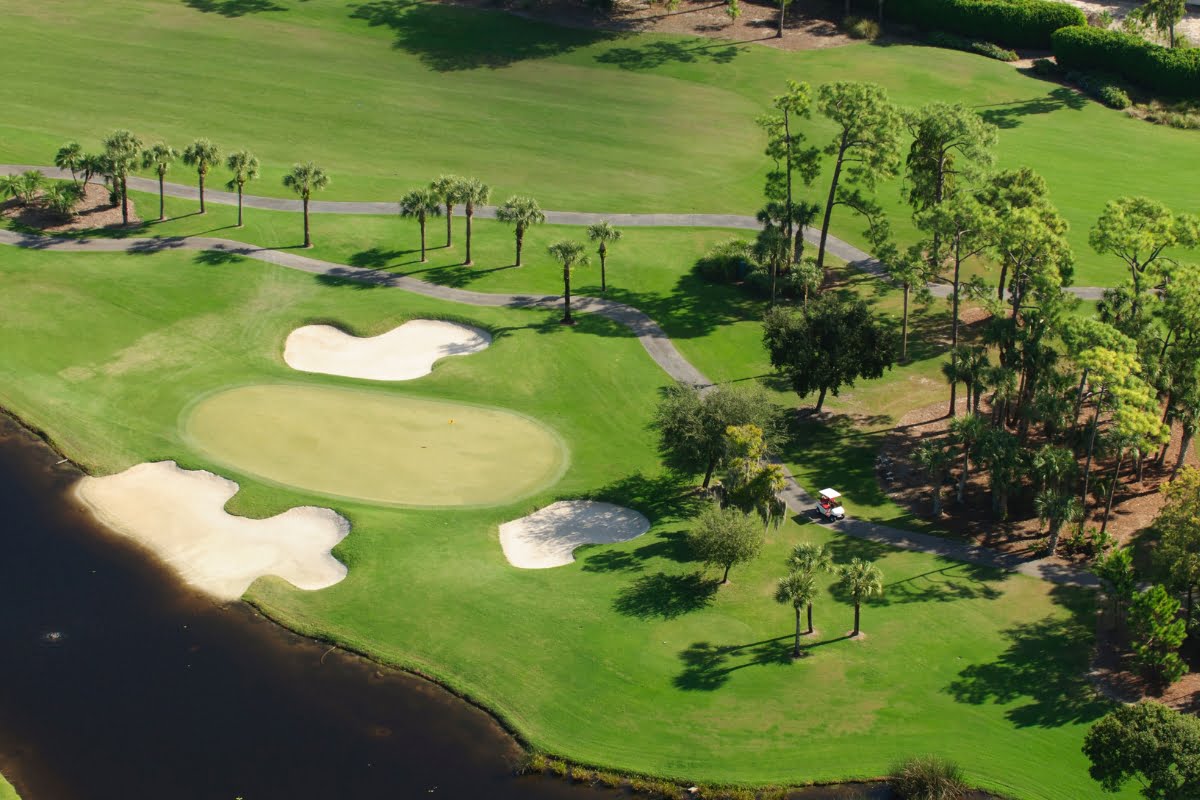
Bunkers are an integral part of course design, both in terms of challenge and aesthetics. These sandy hazards not only add visual interest but also require players to strategize their shots carefully. The placement of bunkers can significantly impact a player’s approach to each hole.
Designers strategically position bunkers in areas where they come into play for both amateur and professional golfers. They are often placed near fairways or greens, creating obstacles that force players to think strategically about their shot selection. Bunkers can be used to narrow fairways or protect greens from errant shots, adding an extra layer of challenge.
Furthermore, bunkers contribute to the overall aesthetics of a golf course. Their shape, size, and placement can create visually stunning landscapes that are both challenging and pleasing to the eye. When properly designed and maintained, bunkers become iconic features that define a course’s character.
Crafting Water Hazards: Adding Drama and Risk to Fairways

Water hazards are another element that adds drama and risk to fairways in course design. These bodies of water not only provide visual appeal but also introduce an element of challenge that requires careful consideration from players.
Strategically placed water hazards force golfers to make strategic decisions about their shots. They may need to adjust their golf club selection or aim to avoid landing in the water, adding an extra layer of difficulty to the game. Water hazards can be designed in various forms, such as ponds, lakes, or streams, each offering its own unique challenges.
Moreover, water hazards create a sense of excitement and anticipation for players. The sight of a shimmering lake or a babbling brook can evoke both awe and trepidation. Successfully navigating these hazards becomes a badge of honor for golfers, adding to the overall satisfaction and enjoyment of the game.
Good Golf Greens Design: The Heart of Precision Putting

When it comes to golf course design, greens are often considered the heart of the course. These meticulously manicured areas require precision putting skills and play a significant role in determining a player’s score. The design and condition of the greens can make or break a golfer’s round, adding layers of complexity and excitement to the game.
Designers carefully craft greens to challenge golfers’ putting abilities. Factors such as slope, undulation, and speed are taken into account to create greens that demand accuracy and touch. A well-designed green should reward skillful putts while penalizing poorly executed ones, offering both opportunities and risks that compel players to strategize carefully.
In addition to their role in gameplay, greens also contribute to the overall aesthetics of a golf course. Lush green grass against contrasting fairways creates visually striking landscapes that are pleasing to the eye. Designers often incorporate subtle contours and slopes into greens to add visual interest and enhance their natural beauty. The strategic placement of bunkers and water hazards around greens further elevates the visual appeal while adding tactical challenges.
Moreover, the maintenance and upkeep of greens are crucial to their performance. Superintendents utilize advanced agronomic practices to ensure that greens remain healthy and fast, adjusting mowing heights and irrigation schedules to match seasonal conditions. By doing so, they preserve the greens’ beauty and playability, ensuring a consistent and rewarding experience for golfers.
Tee Box Placement: Setting the Tone for Each Hole

The placement of tee boxes is an essential aspect of course design, as it sets the tone for each hole and shapes the player’s experience. Tee boxes determine the distance and angle from which players start their shots, influencing their strategy throughout the hole and affecting the overall pace and flow of the game.
Designers strategically position tee boxes based on factors such as hole length, difficulty level, and visual appeal. They aim to provide players with a variety of options, catering to different skill levels and playing preferences.
By offering multiple tee box locations, designers ensure that golfers of all abilities can enjoy the course and find an appropriate level of challenge, whether they are beginners looking for a manageable round or experienced players seeking to test their skills.
Tee boxes also play a role in the overall aesthetics of a golf course. Their placement can offer panoramic views or showcase unique features of the landscape, such as a beautiful tree line, a water hazard, or a rolling hillside. By carefully considering tee box positioning, designers create memorable experiences for players as they embark on each hole, allowing them to appreciate the natural beauty and architectural nuances of the course.
Moreover, thoughtful tee box placement can help manage the wear and tear on the course by distributing foot traffic more evenly across different areas, thus maintaining the quality of the turf and overall course condition. This strategic approach not only enhances the player’s experience but also contributes to the long-term sustainability and enjoyment of the golf course.
Environmental Sustainability in Course Design
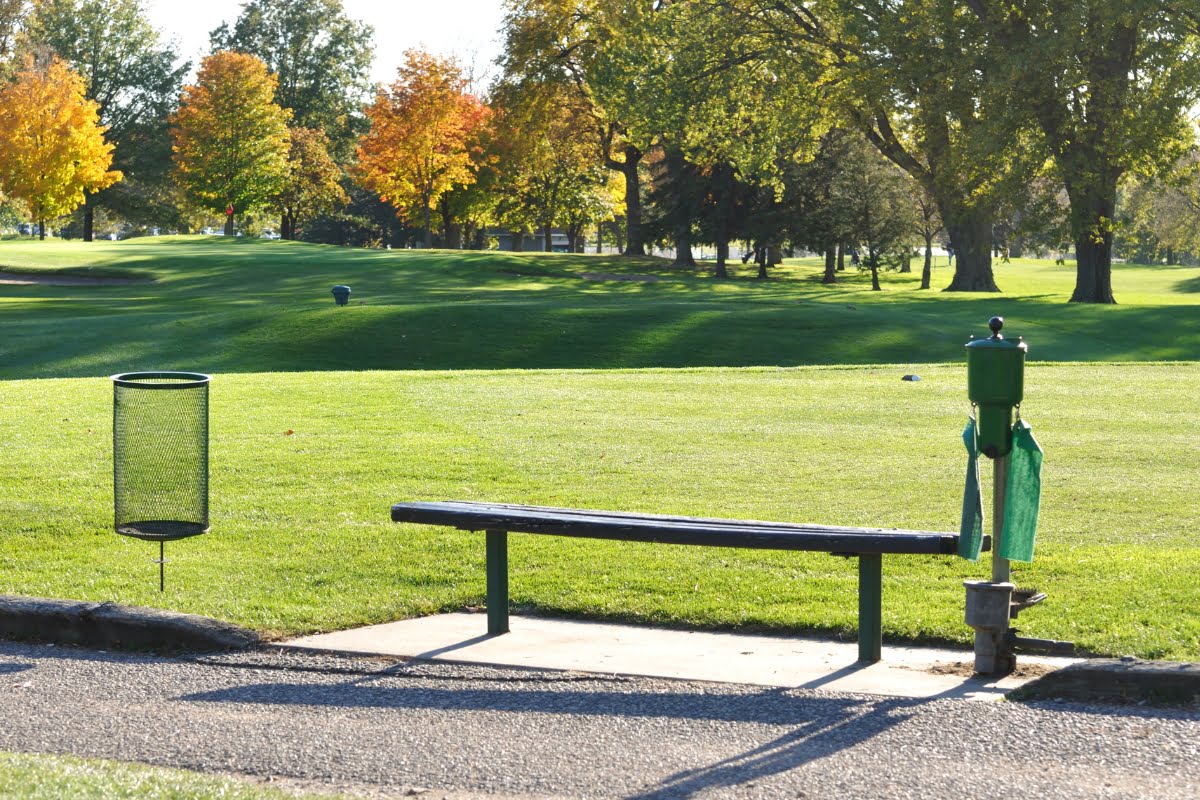
Golf course design is not just about creating beautiful and challenging fairways; it also involves a commitment to environmental sustainability. As stewards of the land, designers strive to minimize their impact on the environment while creating enjoyable courses for players. This approach ensures that the natural landscape is preserved and even enhanced for future generations.
Environmental sustainability practices in course design include water conservation, wildlife habitat preservation, and responsible use of fertilizers and pesticides.
Designers incorporate natural drainage systems, such as rain gardens and permeable surfaces, to minimize water usage and prevent pollution. These systems help retain stormwater on-site, reducing runoff and allowing for natural filtration processes to cleanse the water before it re-enters local waterways.
They also create habitats for local flora and fauna, ensuring that the course coexists harmoniously with its surroundings. By maintaining native vegetation and planting drought-resistant grasses, courses can support biodiversity while reducing the need for irrigation.
Furthermore, sustainable golf course design takes into account energy efficiency and resource management. From utilizing renewable energy sources like solar panels to implementing efficient irrigation systems that use weather-based controls and moisture sensors, designers prioritize minimizing their carbon footprint while maintaining optimal playing conditions. Modern courses may also use electric golf carts and LED lighting to further reduce energy consumption.
In addition to these strategies, many golf courses engage in regular environmental audits and certification programs, such as the Audubon Cooperative Sanctuary Program, to ensure adherence to sustainability standards. By aligning with these principles, golf course designers contribute to the protection of natural ecosystems, promote eco-friendly practices, and demonstrate that recreational facilities can coexist with environmental conservation efforts.
This holistic approach not only benefits the environment but also enhances the golfing experience, as players are treated to the beauty and tranquility of a well-preserved natural landscape.
Incorporating Signature Holes: Memorable Challenges for Players

Signature holes are iconic features that define a golf course’s character and leave a lasting impression on players’ minds. These holes are carefully designed to provide unique challenges and memorable experiences that captivate golfers and enhance the course’s reputation.
Designers often incorporate signature holes into their courses to showcase the best aspects of the landscape or highlight architectural features.
These holes may offer panoramic views of the surrounding area, such as a breathtaking coastline, rolling hills, or lush forests, providing a visual feast alongside the game. They often require precise shots over hazards like water bodies, deep bunkers, or strategically placed trees, challenging players’ strategic thinking and shot-making skills.
Unconventional obstacles, like island greens or split fairways, add intrigue and complexity, testing golfers in ways that standard holes might not.
Signature holes not only add excitement and variety to a course but also become talking points for players. They create memorable moments and stories that golfers share long after they have completed their round, contributing to the course’s legend and allure. By incorporating these standout holes, designers elevate the overall experience of playing the course, ensuring that it remains etched in the memories of those who play it.
Furthermore, signature holes often serve as the centerpiece of marketing and promotional efforts, drawing enthusiasts and tourists alike who seek the thrill and challenge they offer. These holes can enhance a golf course’s prestige and desirability, making them a key factor in attracting tournaments and increasing membership or visitor numbers.
Technology in Course Design: Innovations for Precision and Playability

Advancements in technology have revolutionized golf course design, allowing designers to create courses with unparalleled precision and playability. From computer-aided design (CAD) software to advanced irrigation systems, technology has become an invaluable tool in the hands of designers.
CAD software enables designers to visualize their ideas in three dimensions, allowing for precise planning and layout of fairways, hazards, and greens. This level of accuracy ensures that the final product matches the designer’s vision while optimizing playability.
Additionally, technology has played a significant role in irrigation systems, ensuring efficient water usage and maintaining optimal playing conditions. Automated sprinkler systems with moisture sensors help conserve water while providing the right amount of hydration for the turf.
Other technological innovations include GPS mapping systems that provide accurate yardage measurements and virtual reality simulations that allow designers to walk through their courses before construction begins. These advancements continue to push the boundaries of golf course design, enhancing both aesthetics and player experience.
Conclusion: The Intersection of Art, Science, and Strategy on Golf Courses
Golf course design is a fascinating blend of artistry, science, and strategic thinking. It is an intricate process that involves harmonizing nature with design elements to create visually stunning fairways that offer unique challenges for players.
Whether you’re a seasoned golfer or just starting, the right course can enhance your skills and enjoyment of the game. For apparel that matches the elegance and precision of your golf course design, choose Golf Shot Apparel. Our range of high-quality golf attire ensures you look and feel your best on the course. Contact us at 888-950-9515 or send us a message through our online form to learn more about our collection. Let Golf Shot Apparel elevate your golfing experience with style and comfort.

